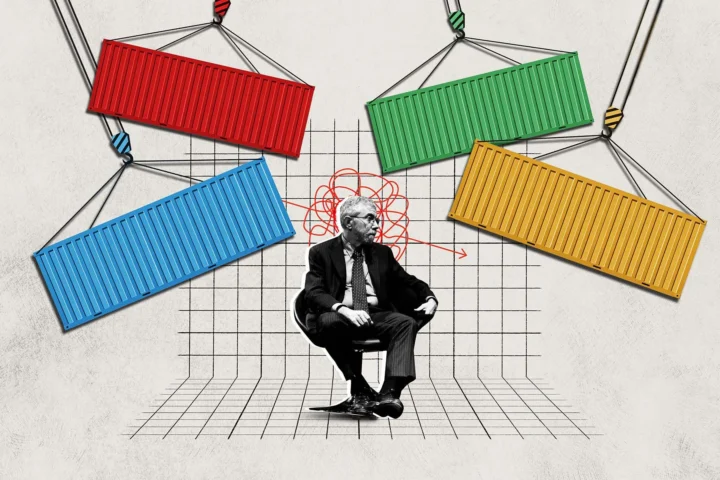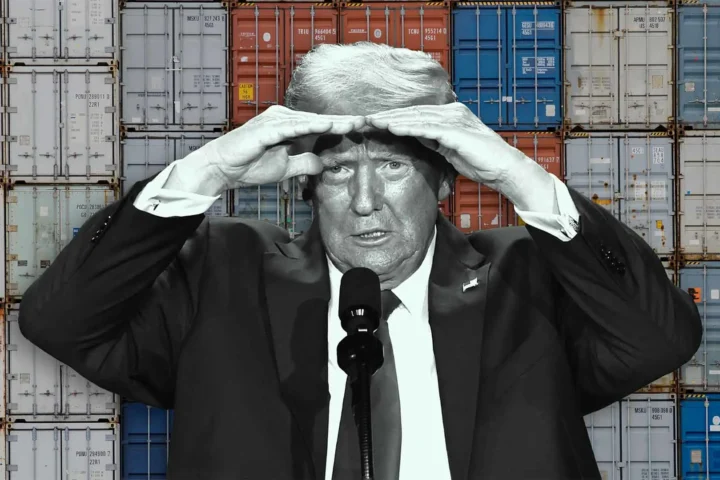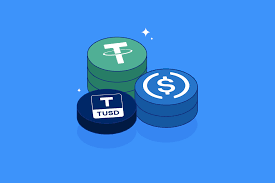Forex trading, or foreign exchange trading, is the act of buying and selling currencies with the goal of making a profit. It’s the largest financial market in the world, with over $6 trillion traded daily. For beginners, forex trading can seem intimidating, but with the right knowledge and approach, it can be a rewarding endeavor. This guide will walk you through everything you need to know to start trading forex successfully.
📌 What is Forex Trading?
Forex trading involves exchanging one currency for another at an agreed-upon price. Currencies are traded in pairs, such as EUR/USD (Euro/US Dollar) or GBP/JPY (British Pound/Japanese Yen). The first currency in the pair is the base currency, and the second is the quote currency. The price of a currency pair represents how much of the quote currency is needed to buy one unit of the base currency.
For example, if the EUR/USD pair is trading at 1.2000, it means 1 Euro can be exchanged for 1.20 US Dollars.
🌟 Why Trade Forex?
- High Liquidity: The forex market is the most liquid market in the world, meaning you can buy and sell currencies quickly without significantly affecting the price.
- 24-Hour Market: Forex trading is open 24 hours a day, five days a week, allowing you to trade at any time.
- Leverage: Forex brokers offer leverage, enabling you to control larger positions with a smaller amount of capital.
- Low Barriers to Entry: You can start trading forex with as little as $100, depending on your broker.
📚 Key Forex Trading Concepts
Before diving into trading, it’s essential to understand some key concepts:
1. Currency Pairs
- Major Pairs: Include the US Dollar and are the most traded (e.g., EUR/USD, USD/JPY).
- Minor Pairs: Do not include the US Dollar but involve other major currencies (e.g., EUR/GBP).
- Exotic Pairs: Include one major currency and one from a developing economy (e.g., USD/THB).
2. Bid and Ask Price
- Bid Price: The price at which the market will buy the base currency.
- Ask Price: The price at which the market will sell the base currency.
- Spread: The difference between the bid and ask price, which represents the broker’s fee.
3. Leverage and Margin
- Leverage: Allows you to control a larger position with a smaller amount of capital. For example, 100:1 leverage means you can control 100,000with100,000with1,000.
- Margin: The amount of money required to open a leveraged position.
4. Pips and Lots
- Pip: The smallest price move in a currency pair, usually 0.0001 for most pairs.
- Lot: The size of your trade. A standard lot is 100,000 units of the base currency, while a mini lot is 10,000 units.
📈 How to Start Trading Forex
Step 1: Choose a Reliable Forex Broker
- Regulation: Ensure the broker is regulated by a reputable authority (e.g., FCA, CFTC, ASIC).
- Trading Platform: Look for a user-friendly platform like MetaTrader 4 or 5.
- Spreads and Fees: Compare spreads and commissions to find a cost-effective broker.
- Customer Support: Choose a broker with reliable customer service.

Step 2: Open a Demo Account
Most brokers offer demo accounts where you can practice trading with virtual money. This is an excellent way to familiarize yourself with the platform and test your strategies without risking real money.
Step 3: Learn Fundamental and Technical Analysis
- Fundamental Analysis: Focuses on economic indicators, interest rates, and geopolitical events that affect currency prices.
- Technical Analysis: Involves analyzing price charts and using indicators like moving averages, RSI, and MACD to predict future price movements.
Step 4: Develop a Trading Plan
A trading plan outlines your strategy, risk management rules, and goals. Key components include:
- Risk Management: Never risk more than 1-2% of your trading capital on a single trade.
- Entry and Exit Rules: Define clear criteria for entering and exiting trades.
- Trading Goals: Set realistic profit targets and stick to them.
Step 5: Start Trading with Real Money
Once you’re comfortable with your demo account, you can open a live account and start trading with real money. Begin with small positions and gradually increase your exposure as you gain experience.
🔑 Essential Forex Trading Strategies for Beginners
1. Trend Trading
- What It Is: Identifying and trading in the direction of the prevailing trend.
- How to Use: Use tools like moving averages or trendlines to identify trends. Buy in an uptrend and sell in a downtrend.
2. Range Trading
- What It Is: Trading within a defined price range.
- How to Use: Identify support and resistance levels and buy at support, sell at resistance.
3. Breakout Trading
- What It Is: Trading when the price breaks out of a defined range or pattern.
- How to Use: Enter a trade when the price breaks above resistance or below support.
4. Scalping
- What It Is: Making multiple small trades to capture small price movements.
- How to Use: Use short timeframes (e.g., 1-minute or 5-minute charts) and focus on high-liquidity pairs.
⚠️ Common Mistakes to Avoid
- Overtrading: Trading too frequently can lead to high costs and emotional decision-making.
- Ignoring Risk Management: Failing to use stop-loss orders or risking too much on a single trade can wipe out your account.
- Chasing Losses: Trying to recover losses by taking impulsive trades often leads to more losses.
- Lack of a Trading Plan: Trading without a plan increases the likelihood of making emotional and irrational decisions.
💡 Tips for Success
- Educate Yourself: Continuously learn about forex trading through books, courses, and webinars.
- Stay Disciplined: Stick to your trading plan and avoid emotional decision-making.
- Keep a Trading Journal: Record your trades, including the rationale behind them, to identify patterns and improve your strategy.
- Be Patient: Forex trading is not a get-rich-quick scheme. Success requires time, effort, and discipline.
📊 Example Trade
Let’s say you want to trade the EUR/USD pair:
- Analysis: You notice the pair is in an uptrend based on a moving average crossover.
- Entry: You buy at 1.2000 with a standard lot (100,000 units).
- Stop-Loss: You set a stop-loss at 1.1950 to limit potential losses.
- Take-Profit: You set a take-profit at 1.2100 to lock in profits.
- Outcome: The price rises to 1.2100, and you close the trade, making a profit of 100 pips or $1,000.
🚀 Final Thoughts
Forex trading offers immense opportunities for profit, but it also comes with risks. As a beginner, focus on education, practice with a demo account, and develop a solid trading plan. Remember, success in forex trading requires patience, discipline, and continuous learning.
By following this guide, you’ll be well on your way to becoming a confident and successful forex trader. Happy trading!










